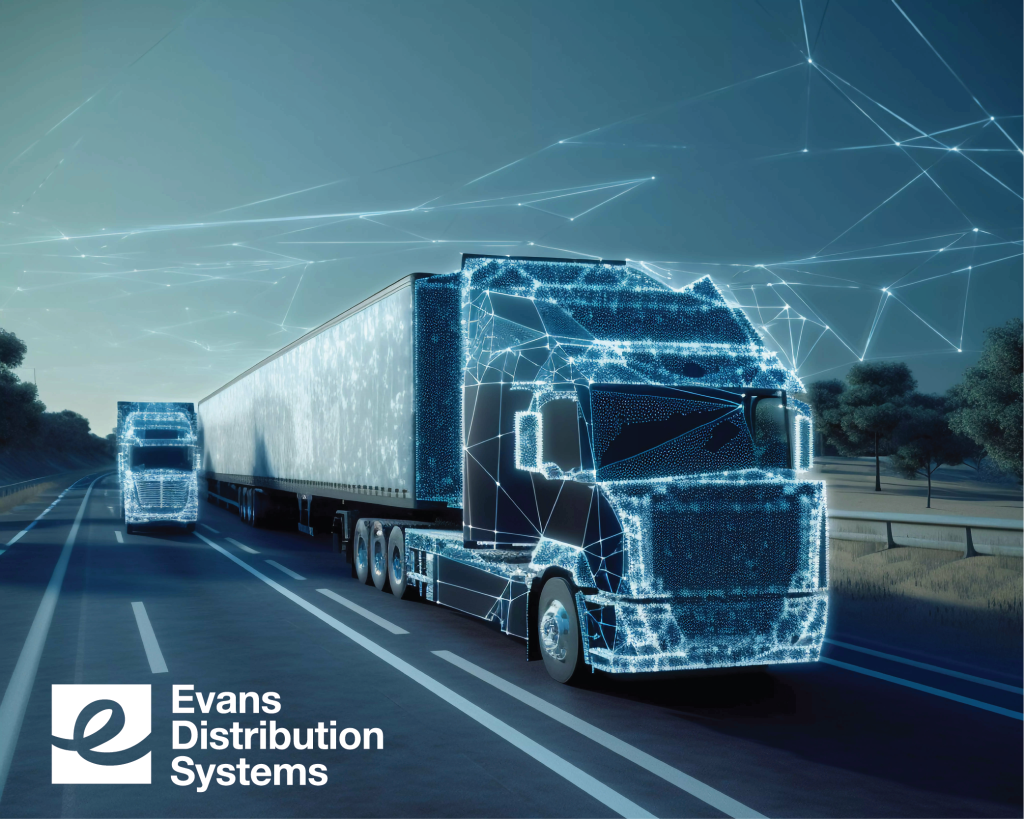Accidents, traffic, stop lights—we’ve all had a bad roadway experience at some point. The movement of goods from one place to another is essential and the roadway is the lifeline of transportation. Since the beginning of time, transportation has gone through several impactful transformations, from trains, to cars, to infrastructure. And now, we very well may be on the edge of the most impactful transformation to our transportation systems, utilizing artificial intelligence (AI). Innovative AI applications in transportation have the power to make our entire network more efficient, accessible, and safe for everyone.

Basics of AI
AI uses algorithms made of millions of data points to develop a decision-based intelligence system. An AI-powered system becomes more knowledgeable and powerful over time as more data is collected and eventually mimics human intelligence. As AI grows smarter, it can develop critical thinking and automate tasks without human oversight. Artificial intelligence in the transportation market is expected to reach $3.5 billion in 2023.
Autonomous Vehicles and Trucks
The same technology that guides self-driving motor vehicles has now been applied to trucks. According to McKinsey, 65% of the nation’s consumable goods are transported by trucks. A truck without a driver could reduce the cost of the shipped goods and allow more trucks to be on the road. With a rapidly declining truck driver pool, this solution might be the only solution in the future. Full adoption is on the horizon, but there are still a few hurdles before ensuring driverless trucks are 100% safe on the road.
Predictive Truck Maintenance
Trucks are prone to wear and tear when driving long distances. Their size and load weight weaken tires, brakes, and other essential components. Trucks must go through daily safety checks to ensure that they are ready to make deliveries. AI algorithms collect sensor data from key areas of the truck such as mileage, weight, and age of the truck. The data points are used to identify issues and predict when maintenance will be needed. Predictive maintenance increases truck productivity and safety and makes transportation companies more profitable. Predictive maintenance is being applied to the airline industry, including the U.S. Air Force.
Traffic Management
Imagine smart streetlights that can turn from red to green if traffic is clear or adjusting one-way and two-way streets to accommodate heavy or lighter traffic flows. Using sensor and camera data, AI algorithms can predict congestion and reroute traffic to speed up transportation times. Drivers can have advance notice of accidents or congestion, helping them navigate away from the traffic.
Improved Weather Predictions
The weather forecast has always used complex algorithms from atmospheric physics to forecast but it takes hours. AI models can create forecasts in seconds based on historical weather data. When combined with traditional forecasts, drivers will have a better idea of how their week is going to look.
Demand & Route Optimization
Carriers are only useful when they have capacity. To remain profitable, carriers need to utilize their capacity to the fullest and adjust rates to match those levels. Carriers must forecast demand and optimize routes. Using AI-powered analytics with real-time carrier data makes the optimization more accurate.
Just Getting Started
AI has many positive applications to the logistics industry. As we continue to utilize this technology, we discover different ways to improve our world. It’s exciting to imagine the reduction or elimination of disruptions that cost billions of dollars in wasted time and money.
